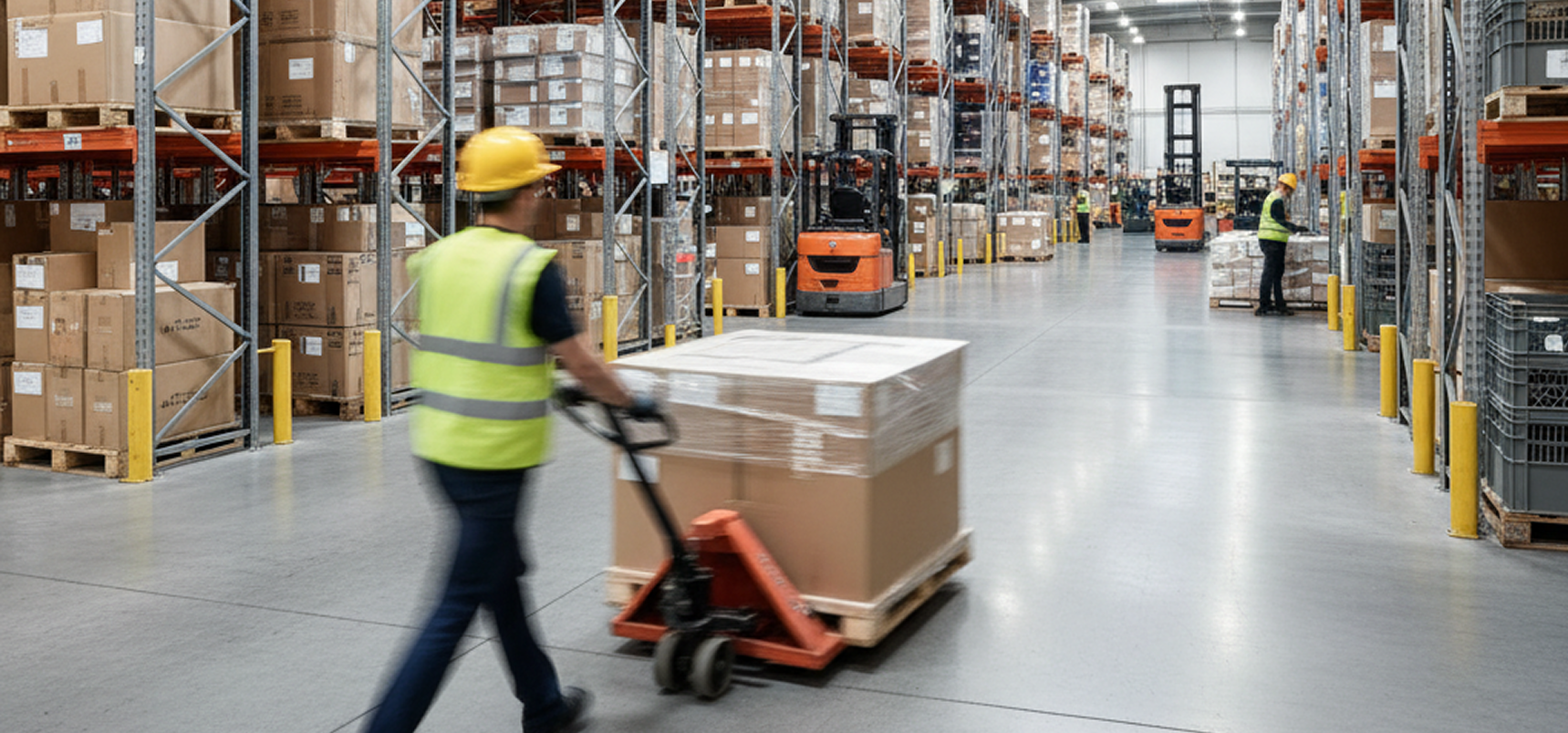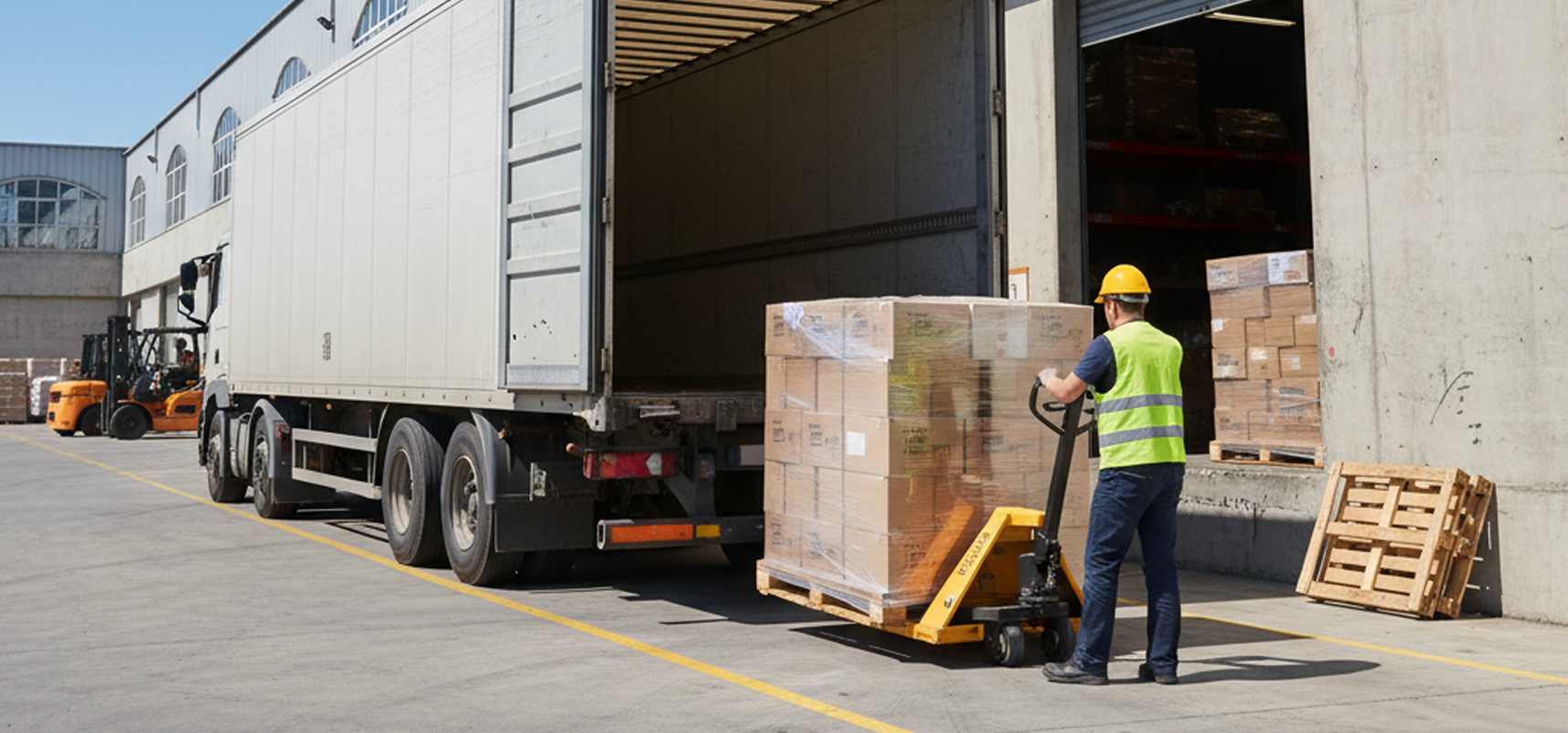Shanghai’s infrastructure is highly advanced and innovative, especially in transportation and technology, but faces challenges in public transit coverage, service distribution, and environmental impacts.
Population
Area
Density
-72K
The projected net population growth in Shanghai for 2024 is -71,900.
69.7%
67% of the global population is of working age, with this share expected to decline in most regions over the coming decades.
Key industries include integrated circuits, biomedicine, artificial intelligence, and automotive, with major corporations like Semiconductor Manufacturing International Corp, SAIC Motor, and Tesla playing significant roles.
Tertiary attainment among young adults aged 25-34 in Germany increased from 33% in 2019 to 40% in 2024, placing it among top OECD nations.
Foreign Residents
The average income for foreign residents in Shanghai is about 30 million yen, with 75% earning less.
Ethnic Composition
Foreign residents in Shanghai surpassed 91,938 in 2024, making up about 0.3% of the city population, with the largest groups from Japan, the United States, and South Korea.
Over 14 million people in Shanghai and other major Chinese cities commute daily, with 18% of Shanghai residents traveling over 60 minutes each way, primarily by metro from suburbs to downtown.
Shanghai continues to attract residents from other regions with a net inflow of 1.9 percent people in 2024.
15.2K
The average annual income in Shanghai is about 235,520 yuan (approximately 5.1 million yen), though more than half earn less than this amount.

11.0%
Warehouse lease rates in Shanghai typically range from $4 to $6 per square meter monthly, with higher rates for bonded warehouses, and are classified by quality and location, including standard, bonded, and premium logistics facilities.
Yangshan Port area, Lingang Logistics Park, Waigaoqiao Free Trade Zone, Pudong New District, Songjiang District (Jiuting), Qingpu Industrial Zone, Jinshan District, Gaodong Town (Pudong), near Shanghai Pudong International Airport.
Shanghai’s last-mile delivery infrastructure features widespread use of autonomous vehicles and robots, advanced dispatch systems, and integration with parcel stations to enable efficient, contactless, and technology-driven delivery of goods to consumers.
Shanghai warehouses are rapidly adopting advanced automation technologies such as robotics, AI-powered warehouse management systems, IoT integration, and digital twin planning to boost efficiency, accuracy, and sustainability.
Cold storage and specialty warehousing facilities in Shanghai offer large-scale, temperature-controlled storage solutions for food, pharmaceuticals, and other sensitive goods, featuring advanced automation, real-time monitoring, and a range of temperature zones from deep freeze to chilled environments.

Key industries and economic sectors in Shanghai include financial services, integrated circuits, biomedicine, artificial intelligence, high-end equipment, automobile manufacturing, new energy, advanced materials, software and information services, wholesale and retail, real estate, transportation, construction, logistics, and research and development.
SF Express, JD Logistics, Yunda Express, YTO Express, Deppon Express, ANE Logistics, Omni Logistics, Apex Group, Elee China Logistics, JIUYE Supply Chain Management, Worldcargo Logistics, Debang.
Shanghai’s total import and export volume reached about 1.4 trillion yuan (approximately $194.7 billion) from January to April 2025, with key trading partners including Belt and Road countries, the Middle East, Eastern Europe, and over 200 global markets.
Shanghai’s supply chain resilience is recovering but remains vulnerable to disruptions from lockdowns, labor shortages, geopolitical risks, and rising costs, with ongoing impacts including backlogs, delays, and price increases.
Shanghai has advanced local manufacturing capabilities focused on high-tech sectors such as electronics, automotive, aerospace, chemicals, and intelligent manufacturing, supported by a skilled workforce and robust infrastructure.
Shanghai's main industry clusters are integrated circuits, biomedicine, artificial intelligence, electronics and information technology, automobiles, high-end equipment, and software and information services.
Shanghai’s key competitive advantages as a logistics/business hub are its strategic location, world-leading port and airport infrastructure, advanced automation and multimodal connectivity, strong financial and legal services, and integration with China’s vast industrial base.
Detailed evaluation of Shanghai's infrastructure quality, investment projects, utility systems, and environmental considerations for strategic planning.
Shanghai's infrastructure quality and capacity are world-leading, with highly reliable power, advanced digital systems, efficient transport, and strong resilience, though further improvement is needed in flood management and district-level resilience.
Shanghai plans to invest 240 billion yuan ($32.74 billion) in 2025 for major construction projects, focusing on metro expansion, high-speed rail, waterway upgrades, and new digital infrastructure including 5G and computing networks.
Shanghai has extensive and modern utility infrastructure, featuring a large-scale integrated water supply system, robust power grid with advanced demand response and virtual power plant technologies, and widespread high-speed internet coverage.
Key environmental factors affecting logistics in Shanghai include high greenhouse gas emissions from port and ground transport operations, investments in eco-friendly infrastructure like shore power and LNG refueling, widespread adoption of electric vehicles, and regulatory pressures to reduce carbon footprints.